Health is wealth, eat well to live well.
- Home Page of Holistic BP Health
- Holistic Health for Women of Color Podcast
- The Gratitude Challenge
- Season's Eatings Healthy Holiday Recipe Series
- About Me Overcoming HBP
- Healthy Crocktober Recipe Series
- Solo Build It Affiliate Program
- The Stress Solution Workshop
- Introducing The Weekly Stress Edit
- Eat to Listen: The Body Led Elimination Cooking Kit
Join my community and receive my free ebook! Subscribe now >>
How To Let Your Body Guide Your Elimination Diet!
High Blood Pressure Wellness Lifestyle Podcast, Episode #101
Your body has been speaking all along, it’s time to listen. Let your body guide your elimination diet and cut through the noise and one-size-fits-all rules. By tuning into real signals, bloating, breakouts, brain fog, cravings, you’ll pinpoint trigger foods, ease discomfort, and rebuild steady energy without obsession or deprivation.
If you are listening to this, there’s a good chance your body has been whispering, talking to you, maybe shouting, and you’re finally ready to listen.
- Maybe it’s the bloat that makes you unbutton your jeans midway through the day.
- Maybe it’s the brain fog that steals your sharpness, your edge by 3 PM.
- Skin that flares without warning or joints that ache when you’re just trying to live your life.
- A stomach that seems to argue with every meal.
- Maybe you’ve tried to “eat clean” an elimination diet before and ended up hungry, confused, and a little bit angry at food, at your body, at yourself.
- You have tired rules and lists and someone else’s plan, and still your body hasn’t exhaled.
I’ve been there. I’ve stood in front of the fridge trying to solve my body like a puzzle, hoping that the right “plan” would fix me. What I learned, the hard way, is that an elimination diet doesn’t work when it’s just a set of rules. It works when it becomes a conversation.
Today, I want to help you, offer you something different. I want to show you how to let your body lead your elimination diet, gently, clearly, respectfully, so you can move from fighting symptoms to understanding signals.
Not as punishment. As partnership. Not more control. More conversation. Freedom!
This page gives you a clear, compassionate roadmap to test, track, and reintroduce foods with confidence, so you can eat well, live fully, and trust your own data. No fads. No fear. Just practical steps that meet you where you are and move you forward. Ready to feel lighter, clearer, and in control?
Let’s begin.
Mentioned In This Episode - The Body Led Elimination Cooking Kit!
Overwhelmed by what to cook? I created the Body Led Elimination Cooking Kit, an instant-access recipe hub packed with delicious, elimination‑friendly options for breakfast, lunch, dinner, snacks, and desserts, to get you started.
You’ll get structured, mix‑and‑match meal paths so you can stop guessing, eat with confidence, and let your body guide your elimination diet.
Subscribe To These Episodes
Apple Listen on Apple Podcasts Spotify Listen on Spotify YouTube ChannelProgram Note!
Since recording this episode, our podcast has a new name. High Blood Pressure Wellness Lifestyle is now Holistic Health for Women of Color. Same mission, clearer focus. I’d love for you to keep listening, subscribe, and share your support.
Holistic Health for Women of Color is a weekly show where stress relief, mindset shifts, and natural healing meet real life. Certified Holistic Health Coach Donna Williams shares culturally rooted, evidence-informed guidance on food, herbs, and lifestyle, designed for the realities women of color face.
After navigating high blood pressure and medication side effects, Donna embraced holistic living and now helps you stress less, eat well, and heal naturally, because our wellness journeys are unique.
What to expect: simple, science-backed nutrition; safe botanical use; nervous system support; habit tools that stick; and real stories that honor heritage and lived experience. No perfection, pressure, or shame, just practical steps and community care to help you feel better in your body.
New episodes feature solo teachings, expert conversations, and actionable takeaways you can use right away. Explore recipes, herb guides, and coaching at holisticbphealth.com. Educational content only; not medical advice.
High Blood Pressure Wellness Lifestyle Podcast Promise
Welcome to the High Blood Pressure Wellness Lifestyle podcast, the place where confusion turns into clarity and small daily choices lead to lasting heart health. I’m Donna Williams, a Certified Holistic Health Coach, serving my community of color and everyone seeking a realistic, culturally responsive path to vibrant living.
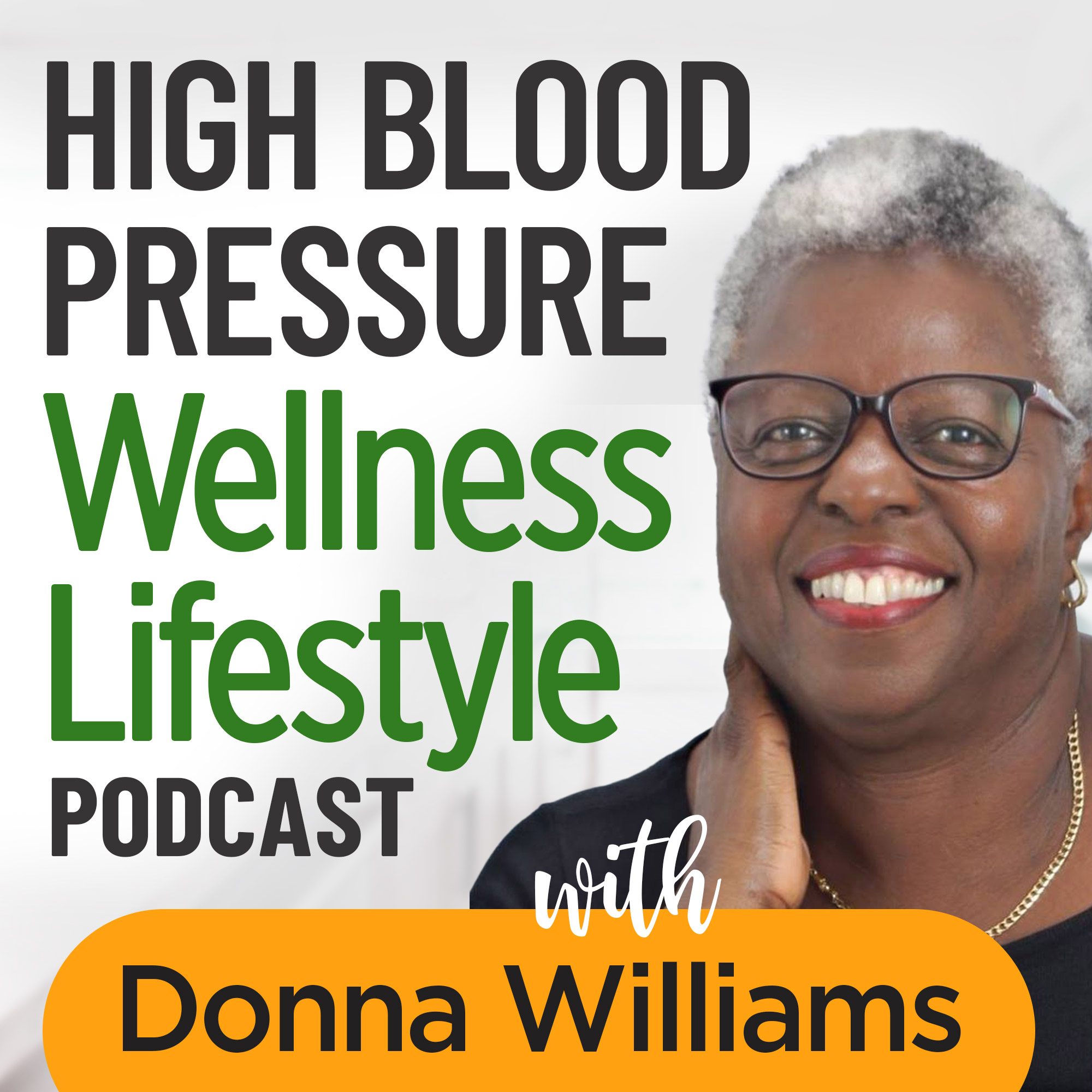
Here, we honor the full picture: while medication can be essential, many people, especially those with primary hypertension, can meaningfully improve their numbers through everyday lifestyle changes, in partnership with their healthcare provider. Each episode brings you practical, evidence-informed tools for nutrition, movement, stress relief, sleep, and mindset, plus expert conversations and real-life success stories you can learn from.
My promise: no fear, no shame, just encouragement, education, and strategies that fit your life, your culture, and your budget. This podcast doesn’t replace medical advice; it empowers you to be an informed, confident partner in your care.
If you’re ready to feel stronger, clearer, and more in control of your health, you’re in the right place. Let’s get started.
Holistic BP Health Disclaimer!
Before we dive in, a quick, important note: This podcast is for education, not medical advice. Elimination diets aren’t for everyone. If you have a history of disordered eating, if you’re pregnant, nursing, under 18, managing a medical condition like diabetes, or if you suspect serious allergies, please work with a qualified healthcare professional.
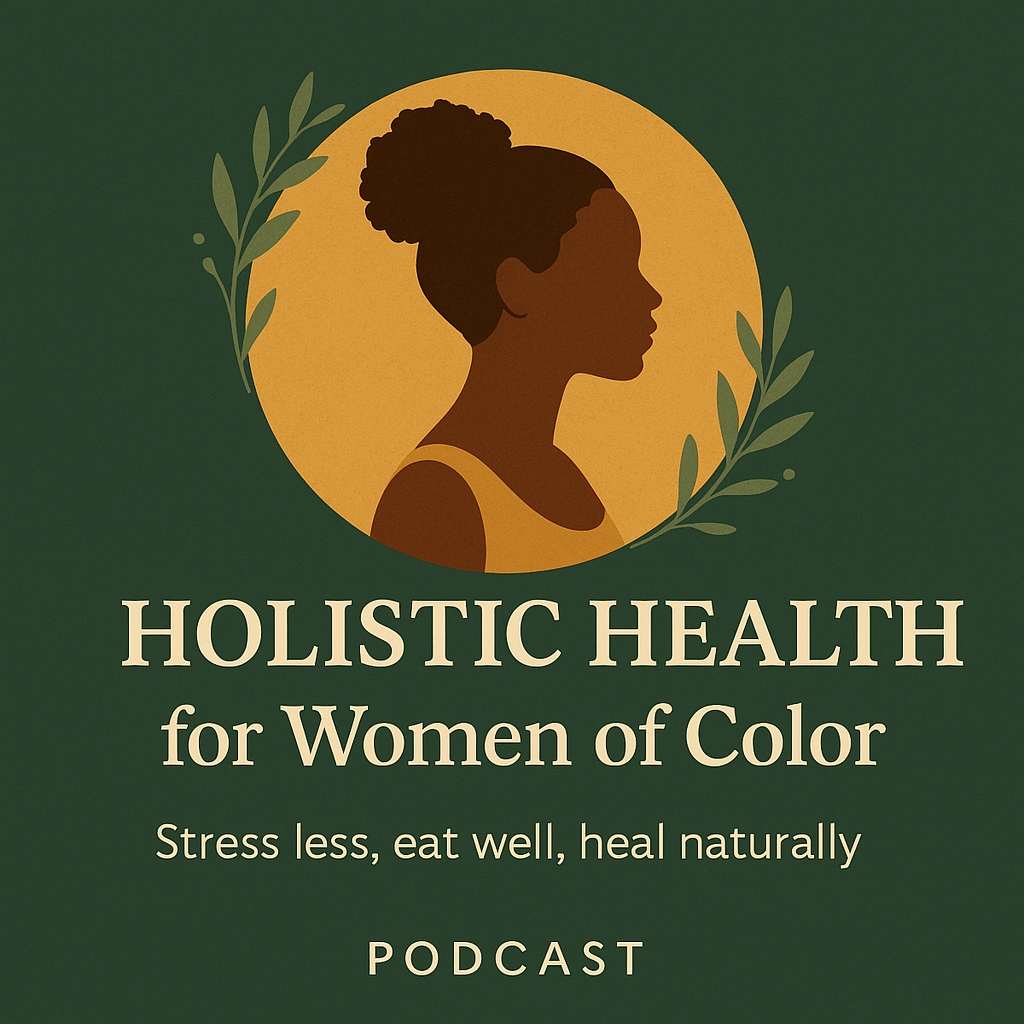
And if you ever experience severe symptoms like difficulty breathing, swelling of the tongue or throat, or intense hives after eating, seek emergency care immediately.
All right. Let’s take a breath together. In through the nose… and out through the mouth. If it helps, place a hand on your belly. Today, your body gets to be the guide. Let’s begin.
How To Let Your Body Guide Your Elimination Diet Podcast Transcript, Episode #101
I want to begin with a story.
A few years ago, I woke up every morning feeling like I was starting 20% below full battery. I ate well, I exercised, I took all the “right” supplements. But something was off. I cycled through diets like changing outfits: high-protein one month, low-carb the next, “clean eating” all the time, whatever that meant. Each plan promised clarity: each plan gave me a little relief, then more confusion.
One afternoon, after another meal that left me bloated and tired, I sat on the floor, back against the kitchen cabinet, and asked myself a couple of questions I had never asked before:
- What if my body isn’t misbehaving?
- What if it’s communicating?
- What if my symptoms aren’t problems to swat away, but messages I haven’t learned how to read?
Those questions changed everything, because it shifted the power from some external list to the quiet intelligence already living in me. That’s what a body-led elimination diet is: a short, clear experiment where you create the conditions to hear your signals, then reintroduce foods to learn what works for you right now.
Let’s talk about how to actually do this. How to let your body guide your elimination diet.
Step one: Set the ground rules for safety, nourishment, and respect!
An elimination diet is not a life sentence. It’s a short, structured experiment designed to help you notice cause-and-effect. The goal isn’t to make your world smaller; it’s to gather information so your world can get bigger again, with more comfort and confidence.
Set three ground rules:
- Safety. If you have severe reactions to any foods, or if you’re in a group that needs supervision, don’t do this alone. Get support.
- Nourishment. Removing foods isn’t the first step, replacing them is. You will feel so much better if you begin by adding nourishment: colorful vegetables, quality protein, enough healthy fats, adequate carbohydrates for your activity level, enough salt and minerals, and plenty of water. A malnourished elimination phase, and I am talking about starving yourself only confuses the signals.
- Respect. Your body is allowed to change its mind. What bothers you today may not bother you forever. What your body tolerates in small amounts might not work daily. Respect that nuance it is your friend. This is not about “good” and “bad” foods, it’s about matching your body’s current needs.
Step two: Define your "why" and what you'll measure!
Your “why” is your anchor when the process feels tedious or lonely. Name it clearly. Maybe it’s “I want steady energy so I can play with my kids” or “I want calm skin” or “I want to wake up without stomach pain.” Write it down.
Then choose a few simple measures you’ll track morning and evening so you can see change. Keep it human, not clinical.
Think: Energy on a 1–10 scale, bloating level, stool consistency, mood steadiness, skin calmness, joint comfort, sleep quality, and for some people, menstrual symptoms or headaches.
Two minutes in the morning and two minutes at night is enough. You’re building a map.
Step three: Build your inner compass - 60 second check-ins!
This is where we stop outsourcing and start listening.
Before and 30 – 90 minutes after you eat, pause for sixty seconds – one minute. Put a hand on your belly or your chest. Close your eyes if you can and ask yourself:
- Where is my true hunger right now? Body, emotion or habit.
- What would feel nourishing, not perfect, right now?
- After I eat, how do I feel 30 minutes later? 90 minutes later? Three hours later?
Scan your body like you’d check the weather. Not judging, just noticing. Is there tightness? Warmth? Calm? A rush of energy or a dip? A clear head or fog? This is the language of your nervous system. It speaks in sensation and rhythm, not macros.
If this feels new or awkward, good. New things often do. Keep it simple. Keep it kind.
Step four: Choose a focused, time-limited elimination!
Here’s where we get practical.
Focused means we remove a few common culprits for a short window so that signals get louder and easier to hear.
Time-limited means we commit to a clear start and end, usually 2 to 4 weeks for the elimination phase. Shorter can still be helpful; longer is rarely necessary and can become unhelpful.
Possible categories to test (choose the smallest set that fits your symptoms and hunches):
- Dairy
- Gluten-containing grains
- Highly processed foods with lots of additives
- Certain oils (for some, seed oils; for others, not an issue)
- Added sugars or artificial sweeteners
- Alcohol
- For some individuals, specific items like eggs, soy, or corn
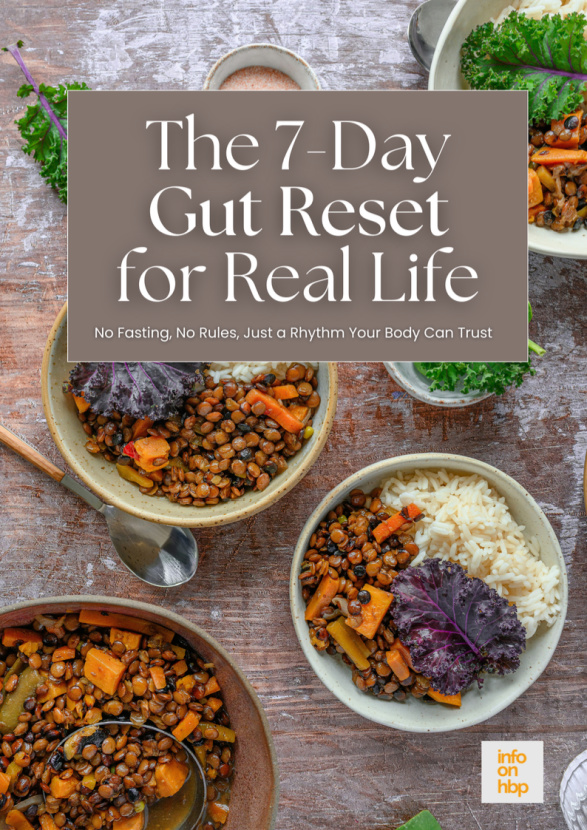
You don’t have to remove all of those. Choose the smallest set that makes sense for your body based on your symptoms and your hunches. This is where the “let your body lead” part begins.
- If dairy gives you consistent post-meal congestion, that’s a sensible starting point.
- If you suspect gluten because of bloating and fatigue, include it in your experiment.
- If you have no idea, choose two or three common categories, not seven. We’re trying to create clarity, not chaos.
Now the crucial part: plan what you will eat. Build meals that stabilize you:
- Protein that you enjoy and digest well like beans, lentils, fish, poultry, tofu, eggs if they’re not in your elimination, or meat.
- A rainbow of vegetables for fiber and micronutrients.
- Carbohydrates your body handles well like root vegetables, fruit, rice, quinoa, oats if tolerated.
- Healthy fats like olive oil, avocado, nuts, seeds, coconut.
- Season boldly with flavor: herbs, spices, citrus, vinegars. Satisfaction reduces cravings.
Create two or three simple meal templates you can repeat. For example: a bowl with roasted vegetables, a protein, a grain, and a sauce. Or a hearty salad with warm toppings. Or a stir-fry over rice. Repeatable structure frees your attention to notice signals.
Created the Body Led Elimination Cooking Kit, with easy access to ideas and recipes packed with delicious, elimination‑friendly options for breakfast, lunch, dinner, snacks, and desserts. Let your body guide your elimination diet.
Step five: Journal the conversation, not just the data!
A short daily log will be your compass. Keep it gentle:
- Morning: How did I sleep? What’s my energy and mood? Any baseline symptoms?
- Meals: What did I eat? How much? How did I feel before, 30 minutes after, 90 minutes after?
- Evening: What was the most nourishing thing I did for myself today? What felt off? What am I grateful my body told me?
Write as if you’re writing to a friend you love. Because you are.
Step six: Live your life while you eliminate!
This part matters: Keep living. Go for walks. Spend time in nature. Move your body in ways that feel good. Stress, sleep, and movement shape how your body responds to food. A tense, exhausted nervous system will react differently than a rested, regulated one.
If social events come up, bring something you know works for you or eat beforehand. You’re not fragile. You’re just being intentional. Explain if you want to; you don’t owe anyone a justification for prioritizing your wellbeing.
Step seven: Notice patterns, not perfection!
As the days add up, you’ll start to hear whispers. Maybe your afternoon crash softens. Maybe your skin looks calmer. Maybe your digestion is more regular. Or maybe you notice no change yet, and that’s information too.
Don’t force a story. Let the data and your body shape the narrative.
Sometimes you’ll eat something compliant and still feel off. That’s okay. Did you sleep poorly? Are you stressed? Are you close to your period? Did you eat too fast? These variables matter.
You’re learning your context, not just your foods.
Step eight: Reintroduce with respect and curiosity - this is the point!
This is where most elimination diets fail, by skipping this step or rushing through it. Reintroduction is the point of the entire experiment. It’s where your body gets to say, in real time, “Yes,” “No,” or “Sometimes, in this way.”
A simple reintroduction process:
- Choose one food or category at a time. For example, dairy. Even better, split categories: hard cheese on its own day, yogurt on another, milk on another. The details can matter.
- Day 1: Start with a small portion in the morning. Note any immediate reactions, then a moderate portion later in the day. Keep the rest of your meals familiar and steady.<
- Days 2–3: Remove that food again. Observe. Some responses are delayed.
- Log what you feel: digestion, energy, mood, skin, sinuses, headaches, sleep, joints.
- If you feel fine, that food likely works for you. If you feel a bit off, you might have a threshold or frequency issue. If you feel clearly unwell, that’s a signal to limit or avoid for now.
- Wait until you’re back to baseline before introducing the next food.
This is not a courtroom with verdicts. It’s a conversation. Some foods will earn a green light. Some will get a red light, for now. Many will get a yellow: “Sometimes, in small amounts, prepared in a certain way.”
That nuance is freedom. You’re building a personal food map, not a diet religion.
Step nine: Make sense of mixed signals!

- What if you feel fine after yogurt but not after milk? That could be lactose amount or proteins.
- What if sourdough sits better than regular bread? Fermentation can change digestibility.
- What if you’re okay with a small square of chocolate but not a whole bar? Dose matters.
- What if stress flares symptoms more than any food? Then your nervous system is asking for as much care as your plate.
Here’s a helpful framework: threshold, frequency, preparation.
Threshold: How much is okay? A splash, a serving, or no amount?
Frequency: How often is okay? Daily, a few times a week, or just sometimes?
Preparation: How does the form change things? Cooked versus raw. Fermented versus fresh. Aged cheese versus milk. Sourdough versus standard. Home-cooked versus processed.
When you get specific, you regain choice. You don’t have to live in absolutes.
Step ten: Grief, cravings, and the emotional landscape!
Let’s talk about the part that doesn’t show up on food lists: your emotions.
If you discover that a beloved food leaves you miserable, it’s normal to feel grief or anger. Food isn’t just nutrition; it’s culture, memory, community. Make room for that. You’re allowed to miss pizza night or your grandmother’s dessert. Missing something doesn’t mean you’re weak. It means you’re human.
Cravings will visit. Sometimes they’re physical, your body needs more energy, protein, salt, or magnesium.
Sometimes they’re emotional, comfort, reward, boredom, celebration. When a craving hits, pause. Ask: What is this really asking for? If it’s food, feed yourself well. If it’s comfort, offer comfort: a shower, a walk, a call to a friend, five minutes of sunshine, a nap.
If you choose to have the food, eat it consciously and with kindness. Guilt isn’t a nutrient. Shame doesn’t improve digestion, and it isn’t a nutrient.
Step eleven: Red flags - when to pause and when to get help!
While you’re experimenting, honor your boundaries. If you notice signs of obsession, constant food thoughts, fear around eating, isolating to control your meals, press pause and reach out for support.
If you lose significant weight unintentionally, if your period stops, if you’re fatigued to the point that daily life becomes hard, or if elimination spirals into restriction, this isn’t the right tool for you right now.
If you ever experience severe reactions, hives, swelling, breathing difficulty, seek medical care immediately. Safety first, always.
Step twelve: Craft your personal food map!
After reintroductions, you will have a living document: the foods that love you back. It won’t be perfect, and it shouldn’t be. It’s a snapshot of what works for your body right now. Let it evolve.
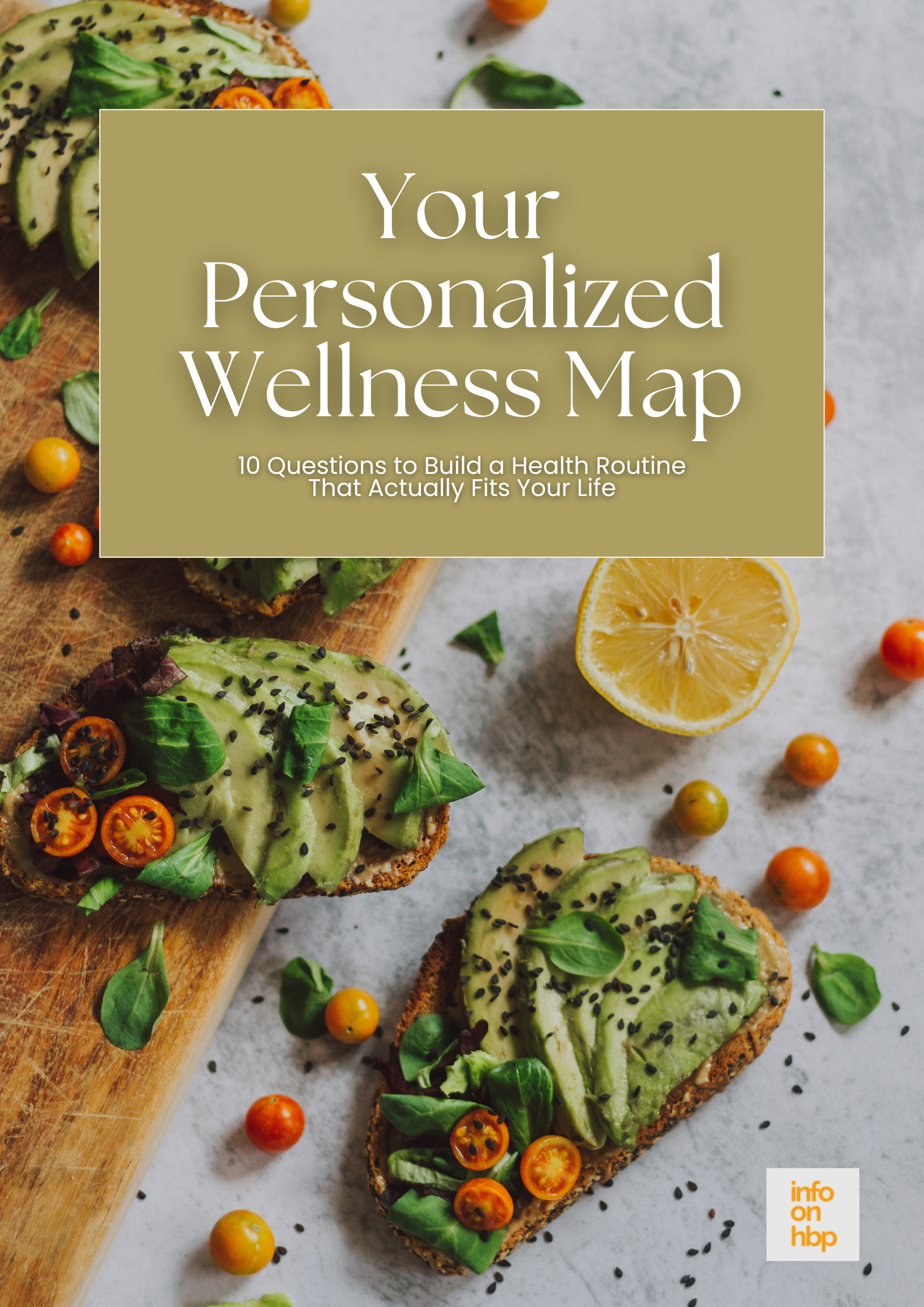
Write it as a friendly guide, not a list of sins:
- Green-light foods: I thrive on these. They digest well, keep my energy steady, and support my mood.
- Yellow-light foods: I enjoy these in certain amounts or forms. I notice limits and honor them.
- Red-light foods (for now): These leave me clearly uncomfortable. I choose them rarely, if at all, with full awareness.
Then add your context notes: “When I’m stressed, I need simpler meals and more cooked vegetables.” “Around my period, I do better with extra protein and starch.” “When I sleep less, caffeine feels rough, herbal tea is better.”
This is body literacy. It’s powerful.
Step thirteen: Feed your nervous system!
Food is one doorway. Your nervous system is another. Safety and calm improve digestion and reduce reactivity. Two simple practices:
- The 60-second meal pause: Before eating, place your feet on the ground. Inhale slowly for a count of four. Exhale for a count of six. Do that three times. Notice your jaw and shoulders soften. Take your first bites slowly. Your body hears, “We’re safe.”
- The post-meal walks: Ten minutes of gentle walking after a meal can support digestion, blood sugar, and mood. It’s not about burning calories. It’s about hospitality to your body.
Step fourteen: Let life back in
Once you have clarity, practice flexibility. Freedom! Eat the cake at your friend’s wedding if that aligns with your values and your map says you can. Have the wine on the patio if that moment matters to you and you know your threshold. Or choose sparkling water with lime and savor the laughter.
What I love most of all is that food is not a moral exam. It’s all part of a full life.
Step fifteen: What if you don't notice any change?
That happens. It doesn’t mean you did it wrong. It might mean that food isn’t the main lever. It might mean your symptoms are more related to stress, sleep, hormones, environment, or something medical that needs attention.
That clarity is useful. It saves you from endless food tinkering. At that point, widen the lens.
Consider talking with a clinician, getting labs if appropriate, addressing your sleep, or simplifying your routine. Your body doesn’t need you to guess forever; it needs you to respond wisely.
Step sixteen: A practical week to get you started - It's a practical plan to begin
Day 1–2: Add nourishment before removing anything. Hydrate. Build your simple meal templates. Start the 60-second body check-ins. Start your daily log.
Day 3–16: Begin your focused elimination, two to four categories that make sense for you. Keep meals simple and satisfying. Walk after meals when you can. Sleep as a priority. Journal.
Day 17–24: Reintroduce, one item at a time, as outlined. Observe calmly. Adjust pace if needed. No rush.
Day 25+: Review your log. Write your personal food map. Decide what practices you want to keep. Celebrate your clarity.
Step seventeen: The most important promise you can make!
Make this promise to yourself:
- I will not turn my elimination diet into a new set of chains. I will use it to get free, free from confusion, free from fear, free from the exhaustion of not knowing. I will return to my body as often as I forget it. I will believe my experience. I will ask for help when I need it. I will treat myself as somebody I love.
My Closing Story
Let me take you back to the day I realized my experiment had worked. I was sitting at a coffee shop with friends. They ordered a pastry I used to love. I felt that tug, nostalgia, the memory of buttery flakes. I looked at my map, not a piece of paper, but the map in my body.
I remembered that every time I’d had that pastry recently, I got foggy and headachy, and the rest of the day dimmed. I didn’t feel deprived in that moment. I felt… clear.
I took a sip of my tea and felt my feet on the ground. I said yes to what I wanted more: presence with a person I loved, a brain that would be bright all afternoon, a body that would feel like a home.
That’s the point. Not perfection. Presence. Not rules. Relationship.
Your body is not a riddle for the smartest diet to solve. It is a living, breathing companion that has been speaking to you since the day you were born. When you slow down, when you make room to listen, it will guide you.
Gently. Wisely. It wants you to feel better. It’s on your side.
A few final reminders as you begin:
- Start with curiosity, not control.
- Add nourishment before you remove anything.
- Keep the elimination phase short and the reintroduction phase thoughtful.
- Track what matters and ignore the rest.
- Let threshold, frequency, and preparation bring nuance.
- If it becomes heavy, pause and get support.
- Remember, this is your body and your life. You get to choose.
Let’s finish how we began, with a breath. In through the nose, fill your belly… and out through the mouth, slow and steady. Place a hand on your heart and say, quietly, Thank you. Thank you for the messages. I’m listening now.
When you’re ready, take your first small step. Maybe it’s a glass of water. Maybe it’s writing your “why.” Maybe it’s planning tonight’s simple, nourishing meal. Your body is ready to meet you right where you are.
I’m cheering you on. Go gently. Go bravely. And let your body lead.
Return from Let Your Body Guide Your Elimination Diet to Holistic Coaching
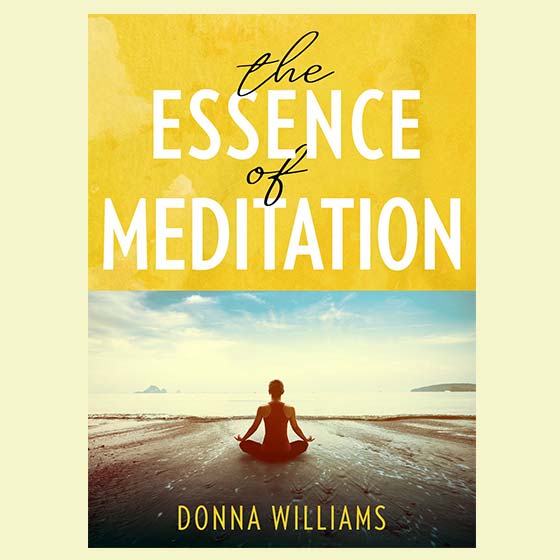
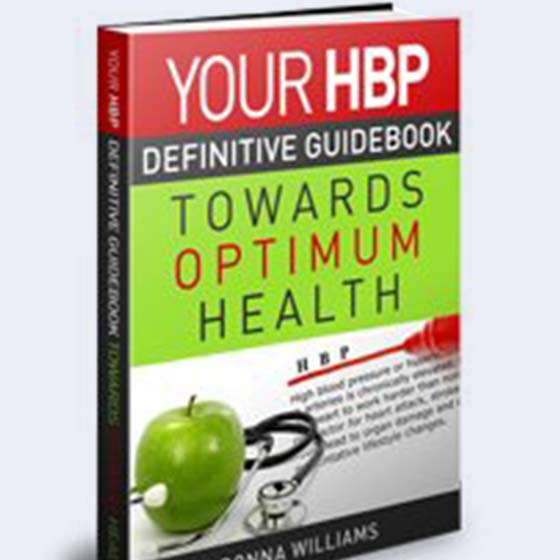


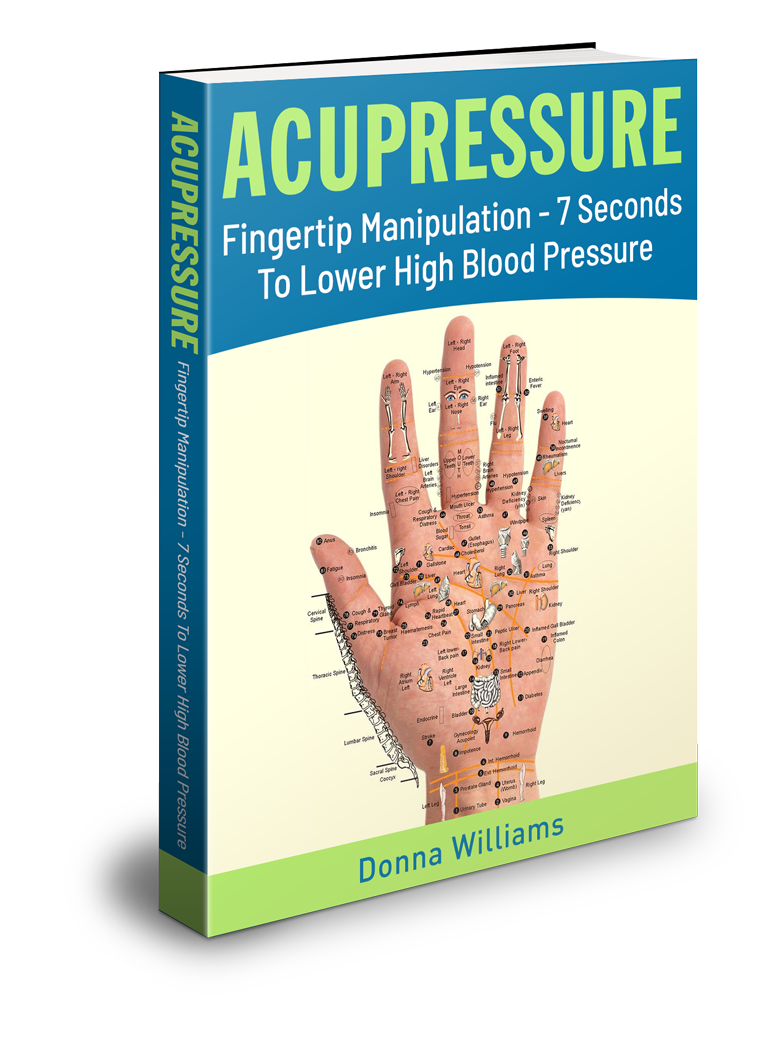
New! Comments
Have your say about what you just read! Leave me a comment in the box below.